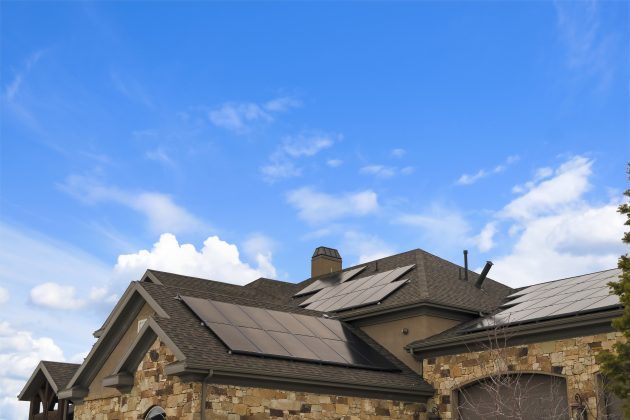For many, finally reaching adulthood is a stage of life worth celebrating. However, along with the freedom and growth associated with adulthood are the responsibilities that people have to juggle to stay afloat.
Although they sound like a drag, you can’t deny their value in the grand scheme of things, especially when it comes to managing one’s finances. Because regardless of whether you’re single or have a family of your own, you have to continually look for ways to reduce costs and maximize your income. That’s where residential renewable energy solutions come in.

Why Should You Consider Renewable Energy?
As mentioned earlier, people shoulder many responsibilities when they reach adulthood. And one of these responsibilities is paying the bills. After all, it’s nearly impossible to go about one’s day without using electricity—and water, even more so. However, despite how necessary they are, the prices of these utilities tend to hike up.
Therefore, it’s easy to see how renewable energy is a significant help to your budgeting. Keep in mind that unlike traditional sources of electricity, solar power is a form of renewable energy. So, if you live in an area that experiences extreme heat due to the blistering sun during the summer season, you might want to utilize solar energy.
If you’re unsure where you should start with implementing solar energy solutions, you can refer to the guide below:
1.Look For Financial Options
Despite how it’s advertised as a budget-friendly energy source, the equipment and installation needed to make a solar-powered home happen could cost you at least USD$10,000. It may well be worth the trouble in the long run, but implementing renewable energy in your home is a major investment. Unfortunately, only a few are brave enough to still give this a try because of its daunting price.
The good news is that according to agencies like the Office of Energy Efficiency and Renewable Energy (OEERE), solar equipment and installation costs have begun to drop since 2009 in certain states. And it’s expected to drop even further in the next few years. Because of this, there are high hopes that every household may utilize solar energy eventually. However, if you truly want to have one installed right now, ask your local energy branch whether or not they accept loans.
2.Review Different Types Of Solar Panels
Despite their singular purpose, there are different types of solar panels that have varying features, panel options, and technology such as photovoltaic and solar thermal technologies. On the other hand, you have the following options when it comes to different types of panels:
- Monocrystalline
- Polycrystalline
- Thin-film
These technology and panel options have their respective advantages and disadvantages. However, if you’re looking for cheaper costs, consider looking into polycrystalline panels.
3.Create A Layout
Although it’s great for your wallet, low costs tend to bring in lower energy wattage, which is what you’ll often see from polycrystalline panels. Since it produces less wattage, it’s highly recommended that you first construct a layout of your home detailing its ins and outs. After all, you’ll need all the information you can get to know which areas of the house can be supported by your solar panels, especially if you’ve chosen one with less output.
4.Build Up A System
Using your layout as a starting point, you need to strategize where to install your panels. Once you’ve pinpointed which parts of the house can be sufficiently supplied with low energy, it’s recommended you start installing those panels yourself. After all, despite how intimidating the solar panel system is, having an electrician install it contributes to the costs you’ll incur to utilize solar energy.
However, if you think installing panels is far outside your area of expertise, why not try using thin-film panels instead? Not only are they cheap but they’re also portable. This way, all you have to do is plug the panel into a control box and connect it to a battery to charge it up using solar energy. As such, this makes it the ideal alternative for a generator in case of emergency power outages. With this, you can already save enough money to afford a permanent system eventually.
Is Solar Energy Worth It?
Providing for your day-to-day needs on top of paying energy bills can stretch anyone’s budgeting skills thin over time. Therefore, turning to renewable energy can be a great help to your household when it comes to energy efficiency and finances. Of course, it involves significant costs at the start, especially during installation. So, with this in mind, you have to learn what you can do to make it work within your budget.















